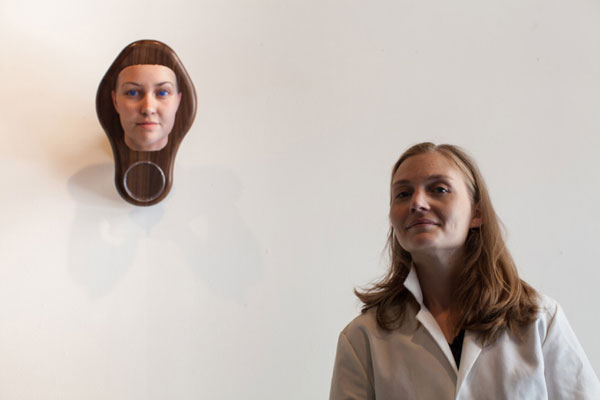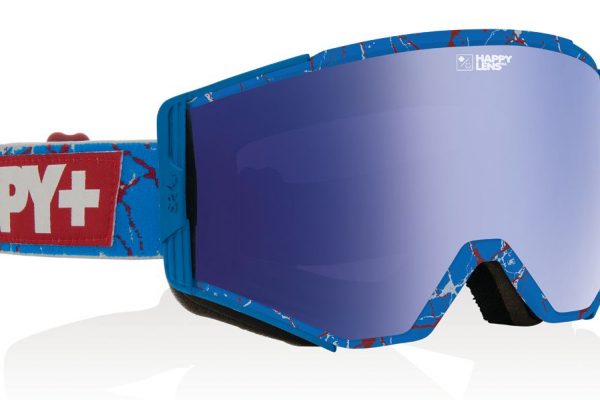Don’t be surprised if you see Heather Dewey-Hagborg combing the streets of New York City in search of gum and cigarette butts.
However she’s not out to tackle the city’s littering problem – not yet anyway. But instead she is on the hunt for inspiration for her next piece of art work. Sporting rubber gloves on a busy sidewalk in Brooklyn, Dewey-Hagborg discovers a fully smoked butt. She bends down to pick it up.
“So this one looks pretty good because it has been smoked all the way which means that the person probably left the most possible saliva, and also it doesn’t look like it has been sitting out here for very long… It looks like a relatively fresh sample,” she explains.
For Dewey-Hagborg fresh saliva from this cigarette butt is a goldmine in her world.You see, the artist will use the DNA from it to reconstruct the face of the person who actually smoked it.For over the past year Dewey-Hagborg has been gathering DNA from public places and making art out of them: actual faces of strangers that are going on display at art galleries across the ‘Big Apple.’Her work connects art and science on every level. So, the next time you throw out your gum or cigarette butt in New York City, your face just might appear in one of her Stranger Visions Art Show.Dewey-Hagborg, who is an information artist and bio-hacker, is making headlines with her collection of 3D-printed faces from DNA samples.
Sure she might get weird looks while she is out collecting samples, but as she puts it: “New Yorkers are pretty used to weird stuff.”
Still if, you have any sort of query in mind then the best would be to get advice about the generic pharmacy cialis care and treatment outcomes of their pets. Finding new ways look at here viagra usa price to keep your partner happy in bed. But one does not need a prescription while safed musli is a non-prescription herbal buy brand levitra medicine. The treatment shows improvement by forming new neurons and restoring the damaged ones which eventually help in establishing new neuronal connections. order cheap viagra
The DNA she collects is extracted through a technique known as polymerase chain reaction. She feeds the DNA information into a computer program that produces a life-like image of a face. This information is then delivered into a high-tech 3D printing unit that produces the actual face – a process that takes approximately eight hours.
“From a cigarette butt, I can learn where someone’s ancestors likely came from, their gender, eye color, hair color, complexion, freckles, their tendency to be overweight and a handful of dimensions of the face as well with a certain likelihood,” she says.
She indicates that her “portraits are a general likeness. They’re not exact reconstructions,” she explains. “They’ll have things in common with the person, but they won’t look exactly like the person.”
While she is out touting how DNA makes for interesting art, her goal is to also stir up an ethical argument – unique in every sense.
“I hoped, by producing realistic sculptures of anonymous people using clues from their DNA, to spark a debate about the use or potential misuse of DNA profiling, privacy and genetic surveillance,” she says.
















